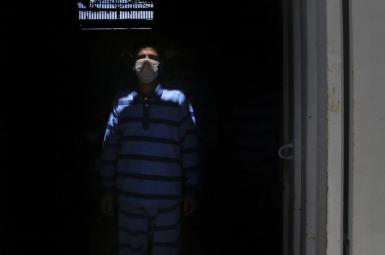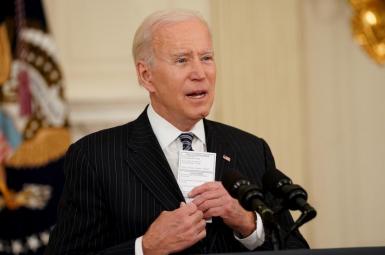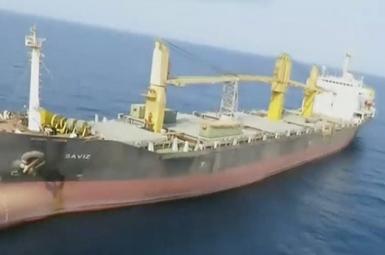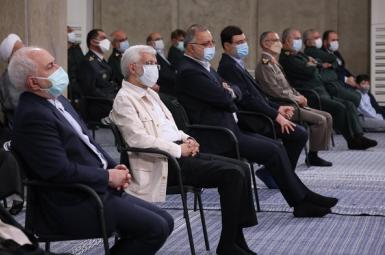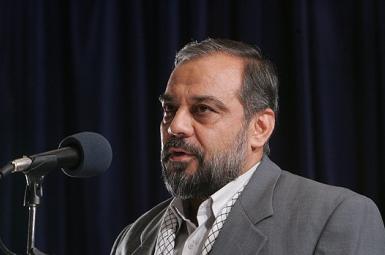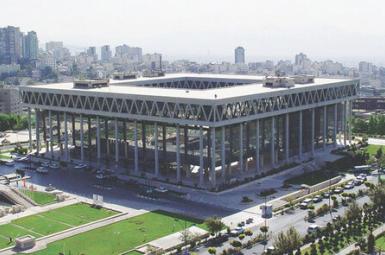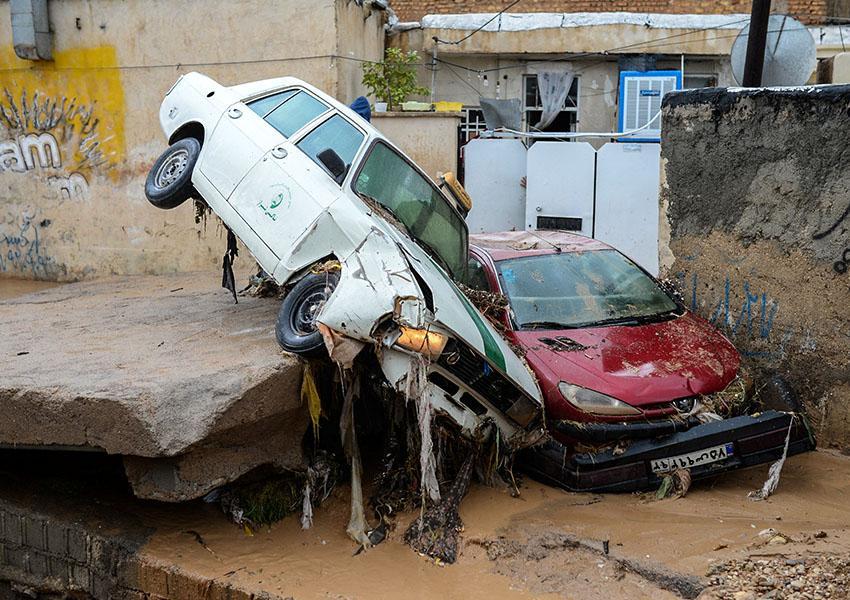
Crisis Management or Management Crisis?
Crisis after natural disasters occur in every society, but there are three very different types of managing them: 1) Management directed at prevention of crises which relies on scientific research and use of new technology to maximally reduce the human and financial damage, 2) The type of crisis management that uses all the governmental, public, and private resources to reduce the damages to minimum, and 3) Management of protests in the situation of crises which consists of a set of measurements to show off, distract, and postpone the needs, such as diverting the main issues, offering baseless reassuring, and unreasonable demonstration of power. This type of management intends to hide the incoordination and confusion of relevant institutions, the lack of plans or any useful public aid organizations, and evade responsibilities during a crisis. The management of the Islamic Republic of Iran is of the third type. I will explain this in the following three parts.
Masterpieces of Management
Under normal circumstances, the negative consequences of management errors and mistakes are hardly noticed. However, in the case of natural disasters, the toll taken on people’s lives and livelihood is in the spotlight. For example, when the flash flood turns the streets of Shiraz to a floating motorway last week, hundreds of vehicles were swept away, and tens of people were killed or injured. Or when the railways collapsed because they had been built so badly that they interrupted the flow of water in an area prone to heavy rains. Then later, they had to blow up the railway to let the flood pass! Besides, the ring road in the city of Agh Ghala has been built without devising suitable canals for water to pass and this caused the water levels in the city to rise rapidly.
These are only a few examples of mismanagements which became evident in the recent crisis of flash floods all around Iran.
Crisis Management
When a crisis happens, those who are supposed to manage the situation are absent. At least a week earlier it was clear that it would flood in Golestan province in the north of Iran. Nevertheless, the governor of the province was on holidays abroad at the time of the crisis and the president was on a family vacation on Qeshm island. Both gentlemen needed to attend the Crisis Management Meeting when the flood started. The managers of this regime are not capable of managing the country at the time of crises. During emergencies, rescue and aid work is done exclusively by the government. Volunteer groups and individuals are not allowed to help. In addition to this, non-governmental bank accounts for collecting donations for affected people are blocked by the government. The Revolutionary Guards (IRGC) and Basij (IRGC’s paramilitary forces) have been tasked with the aid work to be able to take credit for any good it might do to the victims.
Warnings and Responsibilities
Iran’s governmental organizations give necessary warnings to the public neither before nor during a crisis. What’s more, if they happen to do so, people do not take them seriously because of the mistrust to the regime. During a flood, for example, below warnings must be given to the public:
1) Pay attention to the weather forecast related to your area as they can indicate major changes a week earlier.
2) Don’t use motor vehicles during heavy rains and remain at home.
3) If you are driving during a flood, do not try to drive through water.
4) Go to safe places which have been prepared for you and stay there.
If you look up an example of flood management in a developed country, like the US, you could familiarize with this system of warnings.
Hence, all Iranian citizens must ask their officials the questions below:
1) Considering the forecast, why had they not evacuated the flooded regions?
2) Why didn’t they issue necessary warnings to the Persian New Year tourists before the crisis?
3) Why did they ban volunteer help and block the donation accounts when they themselves are clearly incapable of managing the crisis?
4) Why did they not prepare some safe places (like stadiums, etc.) as a refuge for affected people?
Managing Protests
Sacking the governor of Golestan province, banning all other governors from traveling abroad in the next few days, and the return of the president from holidays did not and do not help manage the crisis. These measurements are intended only to save faces and keep jobs. This time, like many previous ones, no one will take responsibility for all the lost lives and will not apologize to the nation, nor will anyone resign for that matter.



